Castheon has been selected as the principal for the Maturing AM Technology for Nb-C103 in Hypersonics and Space (MATCHAS) project, awarded $3.6 million.
Tag: additive manufacturing
Researchers use machine learning to detect defects in manufacturing
The algorithm was able to correctly identify hundreds of defects in real physical parts that have not previously been seen by the deep learning model.
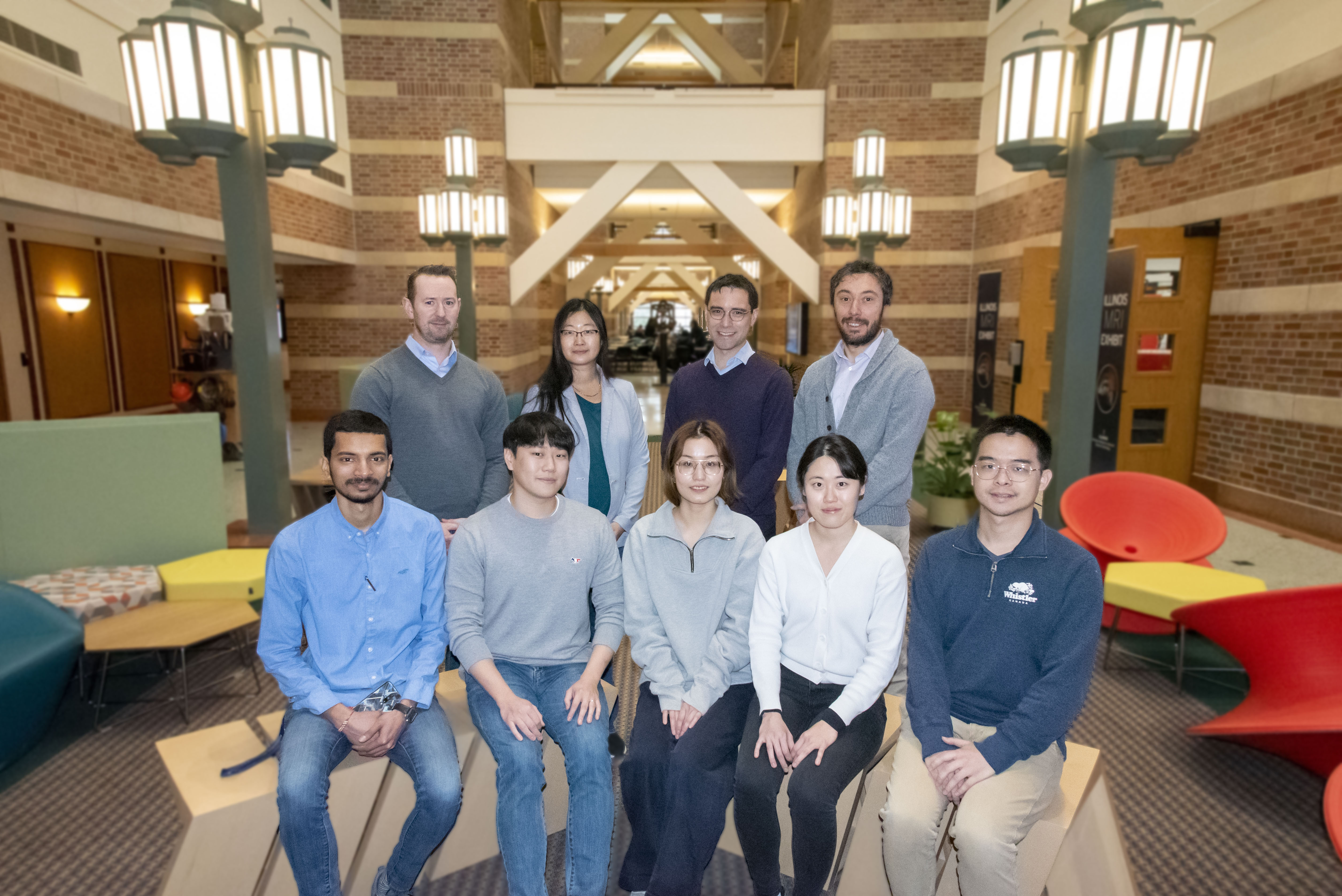
Chameleons inspire new multicolor 3D-printing technology
Inspired by the color-changing ability of chameleons, researchers developed a sustainable technique to 3D-print multiple, dynamic colors from a single ink. “By designing new chemistries and printing processes, we can modulate structural color on the fly to produce color gradients…
Amy J. Clarke: Then and Now / 2012 Early Career Award Winner
At the Colorado School of Mines, Distinguished Professor in Metallurgical and Materials Engineering Amy J. Clarke studies metals manufacturing. She observes how microscopic structures form and how processing conditions can be modified to affect solidification and defect development.
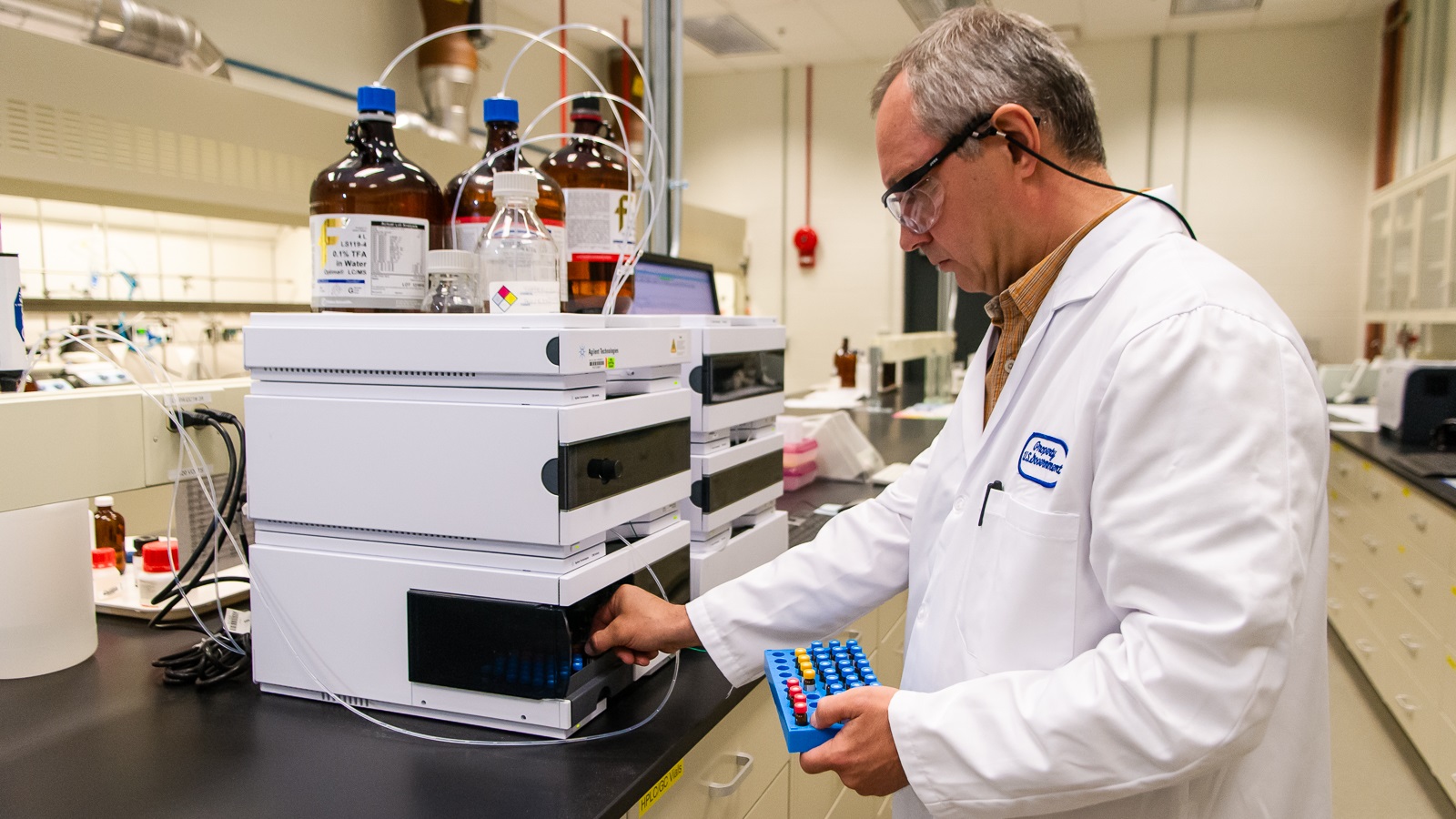
A revolution in the making
Argonne National Laboratory is shaping Industry 4.0 with groundbreaking research into advanced ways of making things more effective, efficient and economical, using the most cutting-edge materials and processes, with the lowest possible environmental impact.
Benefit breakdown, 3D printed vs. wood molds
Oak Ridge National Laboratory researchers have conducted a comprehensive life cycle, cost and carbon emissions analysis on 3D-printed molds for precast concrete and determined the method is economically beneficial compared to conventional wood molds.
LLNL and Meta engineers develop 3D-printed material with potential for more lifelike wearables
Engineers and chemists at Lawrence Livermore National Laboratory and Meta have developed a new kind of 3D-printed material capable of replicating characteristics of biological tissue, an advancement that could impact the future of “augmented humanity.”
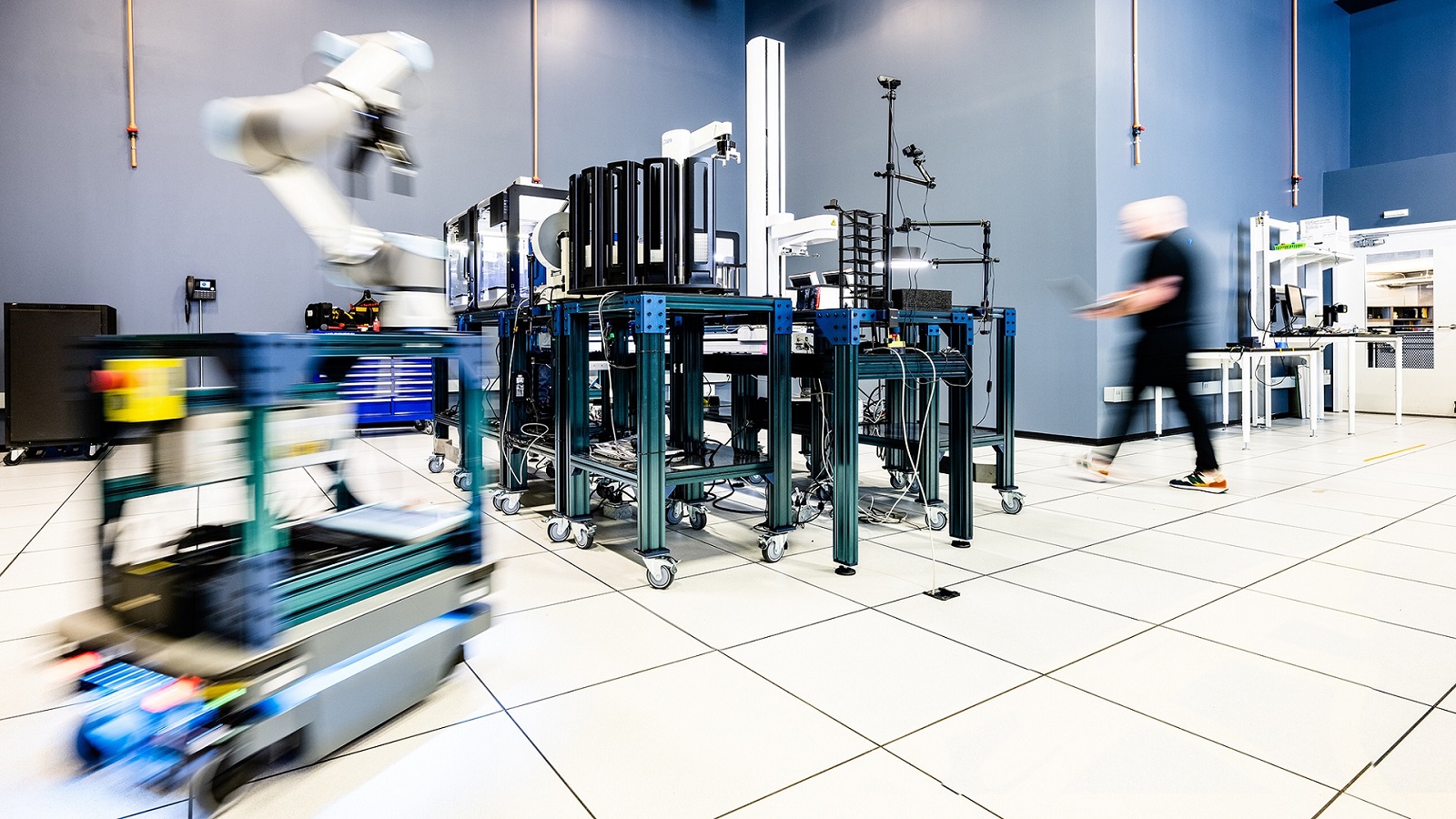
Autonomous discovery defines the next era of science
Argonne National Laboratory is reimagining the lab spaces and scientific careers of the future by harnessing the power of robotics, artificial intelligence and machine learning in the quest for new knowledge.
Seven entrepreneurs join Innovation Crossroads seventh cohort
Seven entrepreneurs will embark on a two-year fellowship as the seventh cohort of Innovation Crossroads kicks off this month at the Department of Energy’s Oak Ridge National Laboratory. Representing a range of transformative energy technologies, Cohort 7 is a diverse class of innovators with promising new companies.
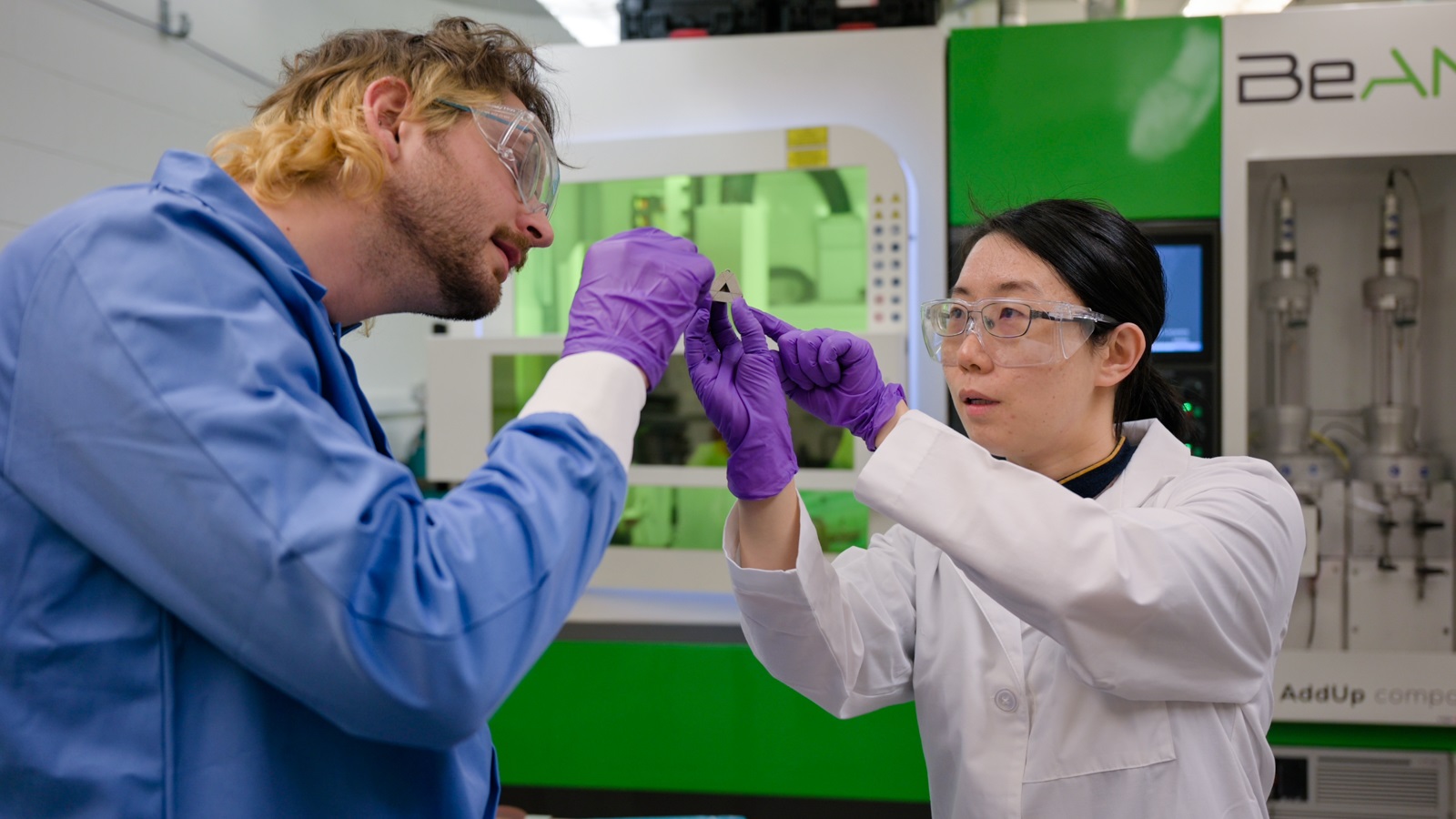
Expertise in 3D printing — and a little sabotage — reveal new heights and less waste
In ideal manufacturing, 3D printing reduces waste, uses less energy and produces fewer greenhouse gas emissions. An entrepreneur and scientist at Argonne National Laboratory are working together to make this future ideal a reality.
Using X-rays and additive manufacturing to print tough materials
In a breakthrough for industrial manufacturing, scientists using the resources at Argonne were able to consistently produce 17-4 PH steel, one of the world’s toughest materials, using X-rays and the additive manufacturing process.
UTEP Joins Project to 3D Print Batteries from Lunar and Martian Soil
The University of Texas at El Paso has joined a project led by NASA to leverage 3D-printing processes with the aim of manufacturing rechargeable batteries using lunar and Martian regolith.
A Recipe for 3D-Printing Food
Additive manufacturing of food involves designing, pre-processing, manufacturing, and post-processing, and each step is an opportunity to create innovative foods. In Physics of Fluids, researchers identify factors that affect the print quality and shape complexity of the food created. For example, changing the printing patterns and ingredients of the initial mix or paste can affect the food’s matrix and microstructures and therefore its texture. Accounting for these features can increase food quality, improve control, and speed up printing.
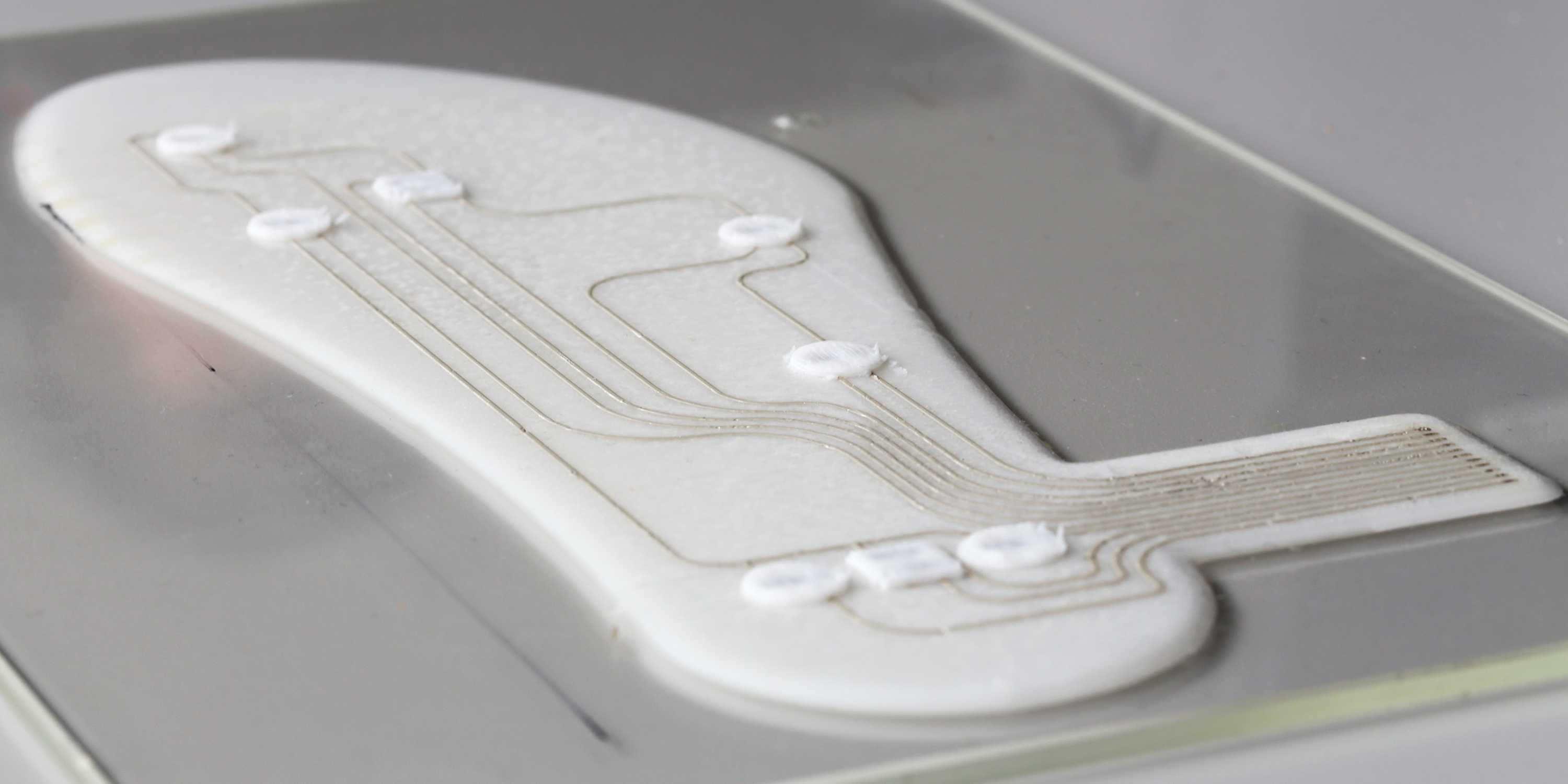
3D-printed insoles measure sole pressure directly in the shoe
In elite sports, fractions of a second sometimes make the difference between victory and defeat. To optimize their performance, athletes use custom-made insoles. But people with musculoskeletal pain also turn to insoles to combat their discomfort.
Researchers unveil new AI-driven method for improving additive manufacturing
Argonne’s Advanced Photon Source helped scientists develop a new technique for detecting and predicting defects in 3D printed metals.
Integrating humans with AI in structural design
Modern fabrication tools such as 3D printers can make structural materials in shapes that would have been difficult or impossible using conventional tools.
Internships help students create prototypes for career success
Argonne’s Rapid Prototyping Laboratory is a testing ground for new ideas and new careers in autonomous discovery. Undergraduate and graduate student interns are learning how to automate lab work using robotics and artificial intelligence.
New superalloy could cut carbon emissions from power plants
Researchers from Sandia National Laboratories have shown that a new 3D-printed superalloy could help power plants generate more electricity while producing less carbon.
Argonne seeks STEM interns to help design the future of science
The U.S. Department of Energy’s Argonne National Laboratory seeks undergraduate and graduate students for a summer 2023 internship in robotics and instrumentation. Students will explore using robotics, artificial intelligence and machine learning.
VULCAN forges new science for the future of 3D-printed metal
Oak Ridge National Laboratory researchers have developed a novel experimental platform called OpeN-AM to study additively manufactured metal in real time using beams of neutrons. The experimental system features a robotic arm that 3D-prints metal welds to create complex shapes and objects.
Story tips from the Department of Energy’s Oak Ridge National Laboratory, December 2022
Naturally derived materials fit for 3D printing; Next-gen hydropower starts with testing; Long-haul trucking meets megawatt-scale charging; New insights advance atomic-scale manufacturing
Army strong: Research teams join forces to invent weld wire for tank, infrastructure repair
The U.S. Departments of Energy and Defense teamed up to create a series of weld filler materials that could dramatically improve high-strength steel repair in vehicles, bridges and pipelines. This novel weld wire could help revitalize America’s aging infrastructures, which in 2021 received a C- grade from the American Society of Civil Engineers.
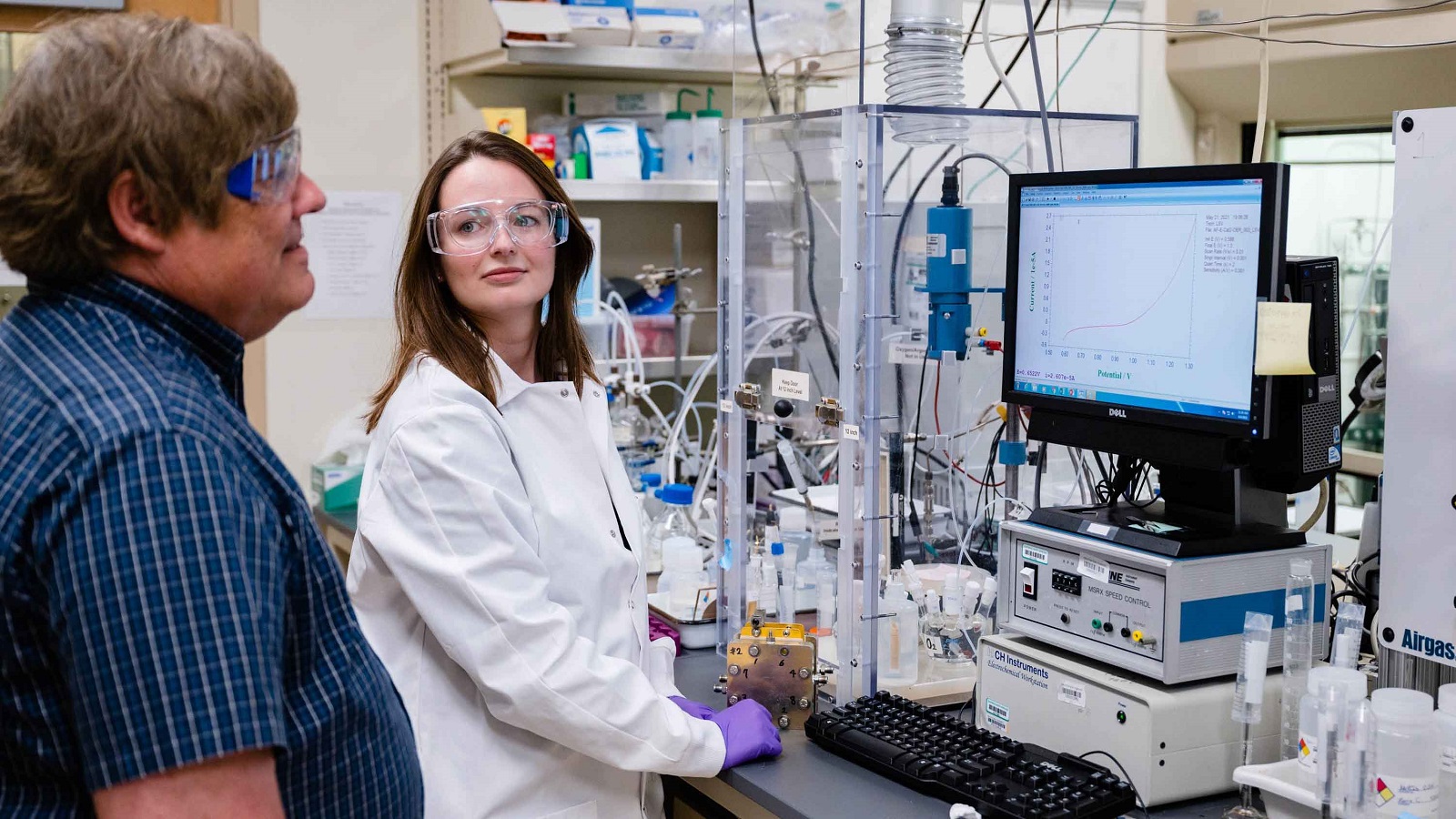
Entrepreneurship program at Argonne National Laboratory opens applications for startups
Chain Reaction Innovations, the entrepreneurship program at Argonne National Laboratory, is accepting applications for its next fellowship cohort.
Engineering an advanced manufacturing ecosystem at ASU
The new school will integrate academic programs and manufacturing research to meet the challenges of Industry 4.0.
Closed-loop additive manufacturing fueled by upcycled plastic
Researchers at the Department of Energy’s Oak Ridge National Laboratory have developed an upcycling approach that adds value to discarded plastics for reuse in additive manufacturing, or 3D printing. The readily adoptable, scalable method introduces a closed-loop strategy that could globally reduce plastic waste and cut carbon emissions tied to plastic production.
Story tips: Predicting water quality, stronger & ‘stretchier’ alloys, RAPID reinforcement and mountainous water towers
ORNL story tips: Predicting water quality, stronger & ‘stretchier’ alloys, RAPID reinforcement and mountainous water towers
LLNL explores laser beam shaping to improve metal 3D printing
Researchers at Lawrence Livermore National Laboratory are addressing the issue of porosity and other phenomenon that causes defects in metal 3D printing by exploring alternative shapes to the Gaussian beams commonly employed in high-power laser printing processes such as laser powder bed fusion (LBPF).
LLNL optimizes flow-through electrodes for electrochemical reactors with 3D printing
To take advantage of the growing abundance and cheaper costs of renewable energy, Lawrence Livermore National Laboratory (LLNL) scientists and engineers are 3D printing flow-through electrodes (FTEs), core components of electrochemical reactors used for converting CO2 and other molecules to useful products.
Finer Flaws: Exploring the Advantages of Defects in Laser Manufactured Materials
APL researchers set out to better understand the influence of different defects on the mechanical performance of additively manufactured materials. In a recent journal article, they provide data to help understand the effects of defects and enable decision-making.
Taking cues from nature, breakthrough ‘cellular fluidics’ technology could have sweeping impacts
Inspired by the way plants absorb and distribute water and nutrients, Lawrence Livermore National Laboratory researchers have developed a groundbreaking method for transporting liquids and gases using 3D-printed lattice design and capillary action phenomena.
Caterpillar-Argonne partnership shifts heavy-duty engine design into higher gear
Using Argonne’s high-performance computing resources, researchers developed a new design for Caterpillar’s engines that could improve fuel efficiency while reducing harmful emissions.

Story tips: Urban climate impacts, materials’ dual approach and healing power
ORNL identifies a statistical relationship between the growth of cities and the spread of paved surfaces. // ORNL successfully demonstrates a technique to heal dendrites that formed in a solid electrolyte. // ORNL combines additive manufacturing with conventional compression molding.
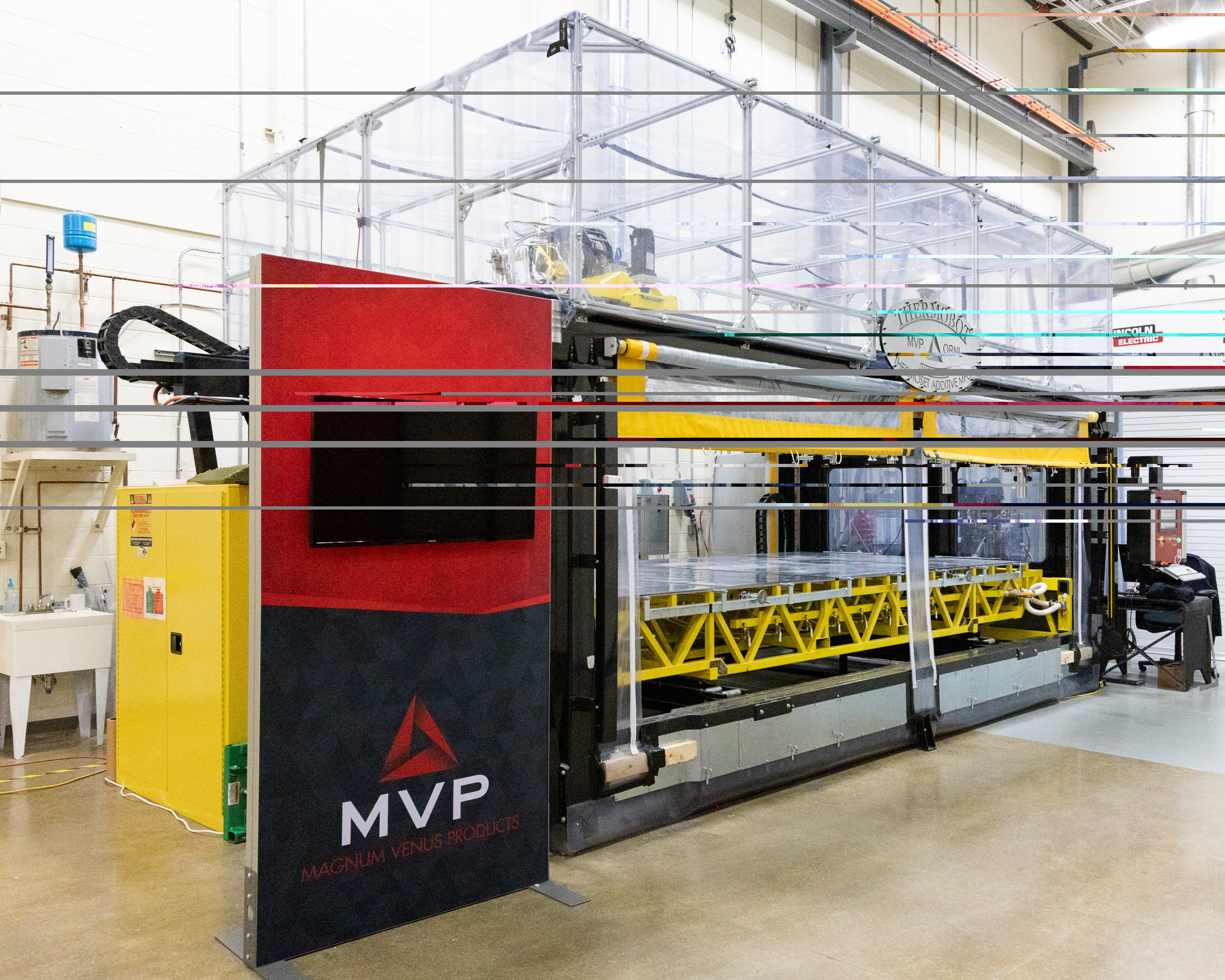
ORNL receives three 2021 FLC Awards for technology transfer
Three technologies developed by researchers at Oak Ridge National Laboratory have won National Technology Transfer Awards from the Federal Laboratory Consortium. The annual FLC Awards recognize significant accomplishments in transferring federal laboratory technologies to the marketplace.
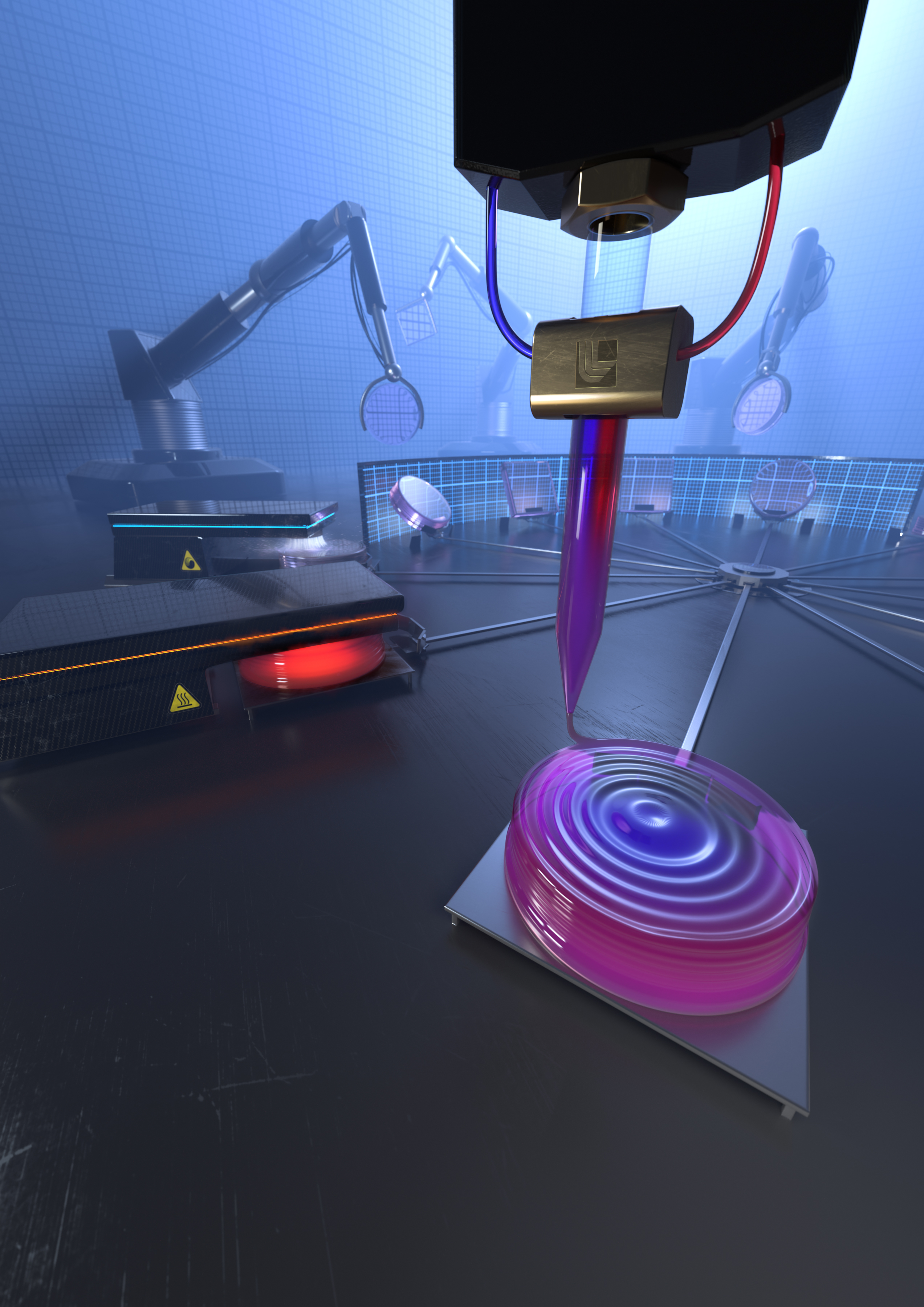
New tailored composition 3D-printed glass enhances optical design flexibility
LLNL researchers have used multi-material 3D printing to create tailored gradient refractive index glass optics that could make for better military specialized eyewear and virtual reality goggles.
Patient Impact and Market Trends in Additive Manufacturing/3D Printing for Medical Devices
The American Society of Mechanical Engineers (ASME) has released a new white paper, “Medical Additive Manufacturing/3D Printing Year in Review 2019-20,” in advance of the AM Medical Virtual Summit, that takes place tomorrow and Thursday, October 28-29. The white paper…
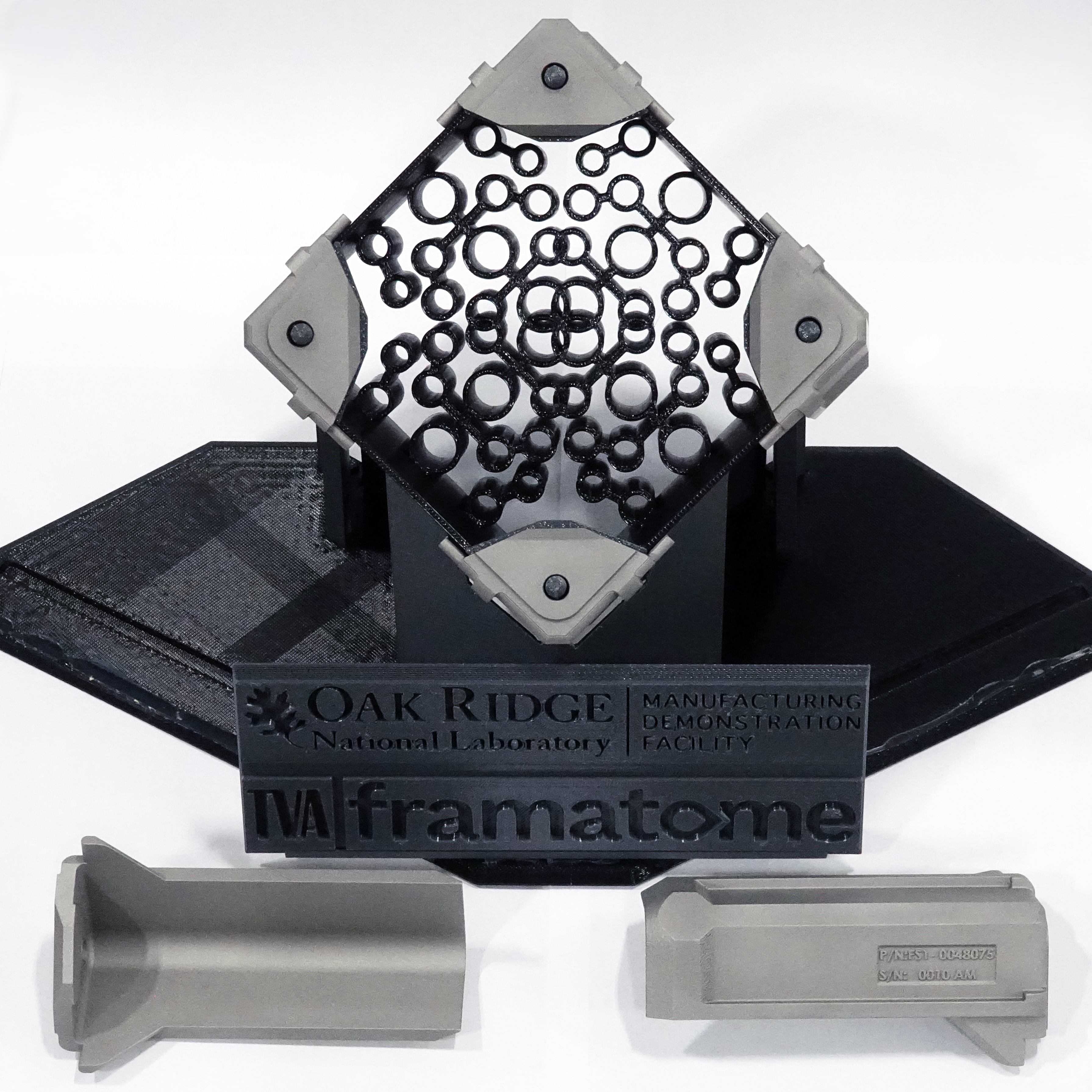
Additively manufactured components by ORNL headed for TVA nuclear reactor
ORNL has 3D printed a channel bracket to go into reactors at Browns Ferry Nuclear Plant this spring, to demonstrate the viability of pre-qualified additively manufactured reactor components.
FDA Guidance Fails to Ensure Security of 3D-Printed Masks and PPE
New Brunswick, N.J. (Sept. 16, 2020) – FDA guidelines for making 3D-printed masks, face shields and other personal protective equipment (PPE) in the COVID-19 era fail to defend against cyberattacks, according to Rutgers and Georgia Tech engineers. Due to the…

Novel 3D-printed device demonstrates enhanced capture of carbon dioxide emissions
The Department of Energy’s Oak Ridge National Laboratory researchers have designed and additively manufactured a first-of-its-kind aluminum device that enhances the capture of carbon dioxide emitted from fossil fuel plants and other industrial processes.
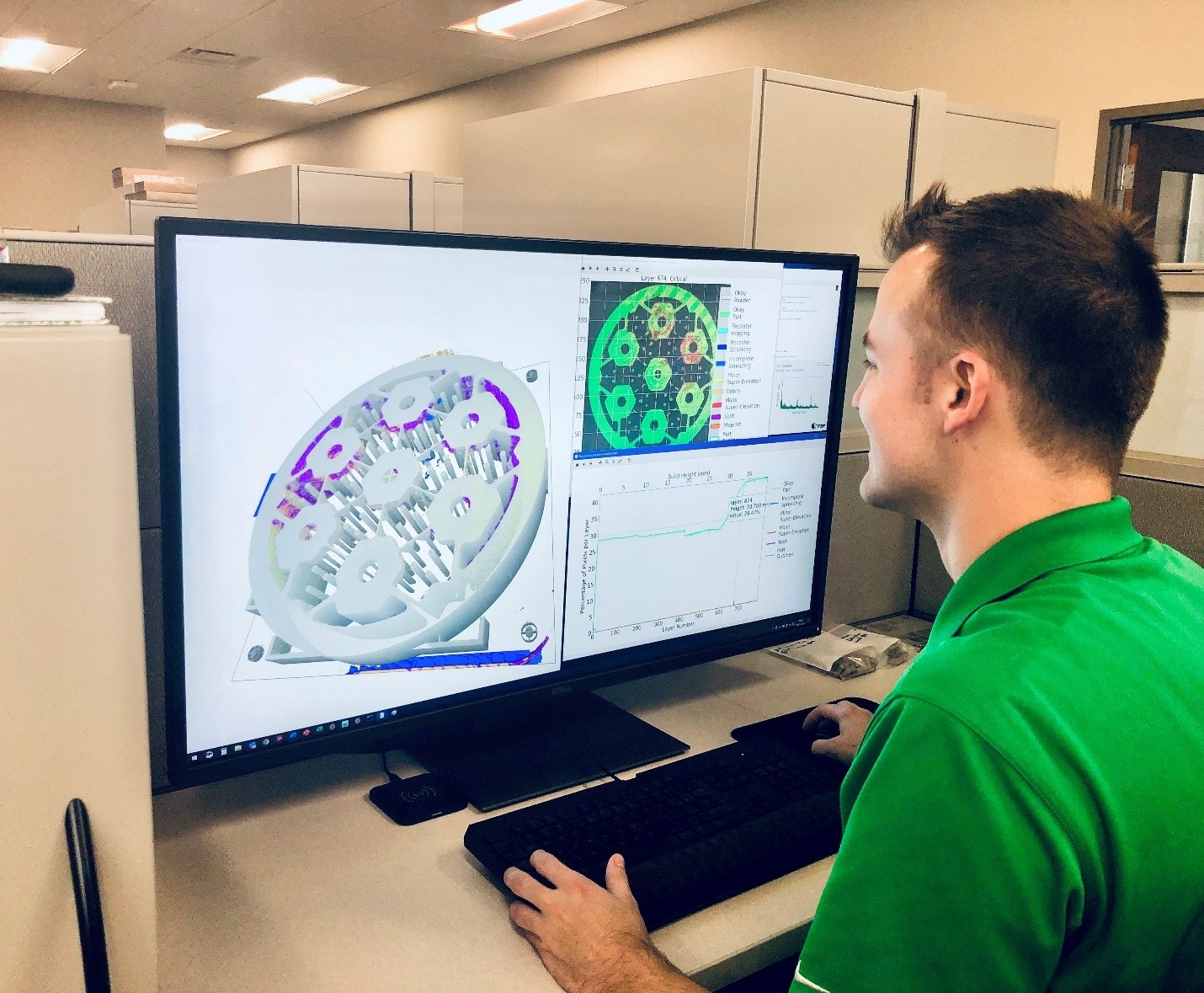
AI software enables real-time 3D printing quality assessment
Oak Ridge National Laboratory researchers have developed artificial intelligence software for powder bed 3D printers that assesses the quality of parts in real time, without the need for expensive characterization equipment.
Additive Manufacturing for COVID-19
A new Prospective article—Additive Manufacturing for COVID-19: Devices, Materials, Prospects and Challenges—published in MRS Communications, looks at these critical supply issues and provides an overview of 3D printing and how coupling the tools in additive manufacturing (AM) and advanced materials has provided a viable alternative for rapid production and distribution of PPEs and medical devices.
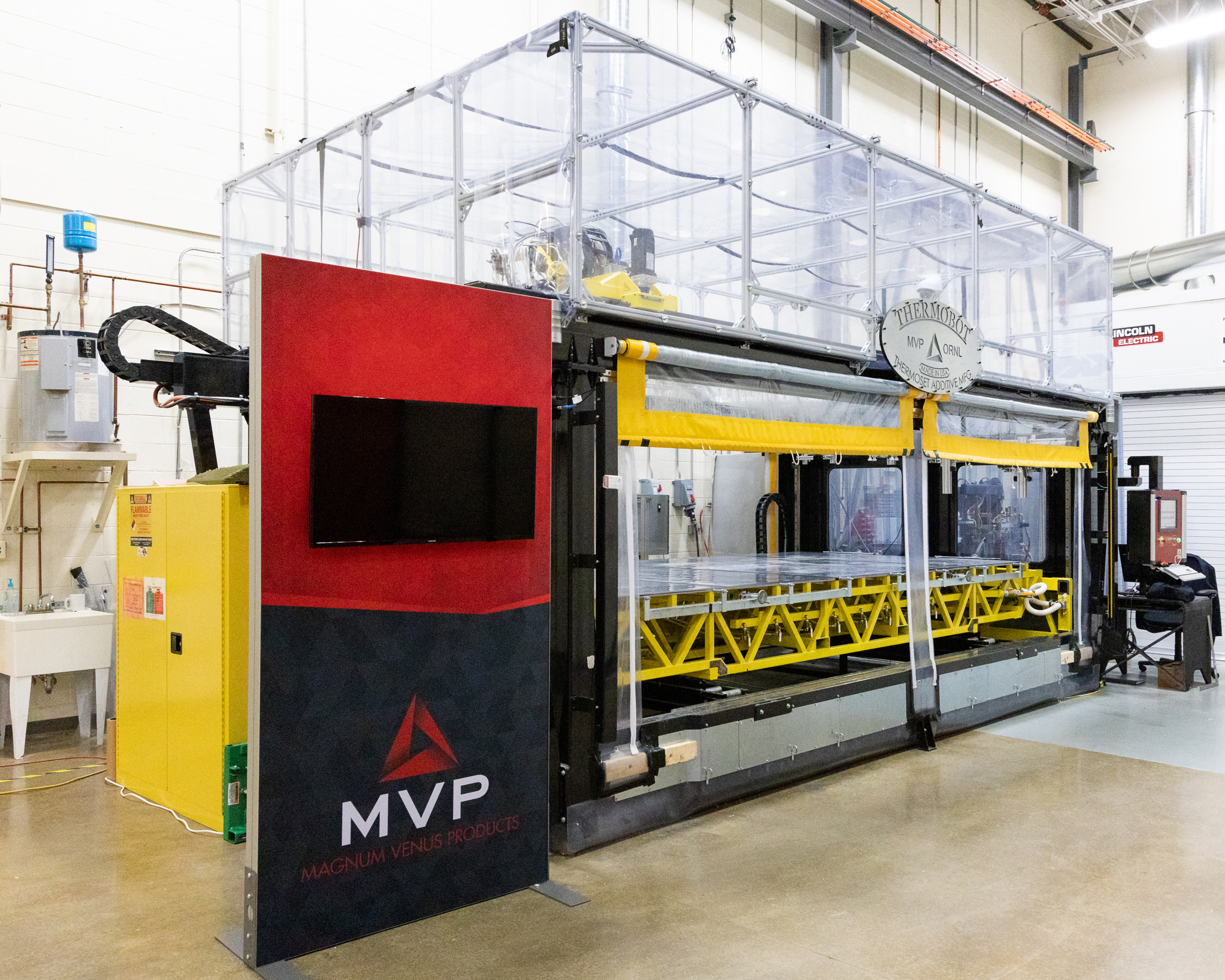
Magnum Venus Products licenses ORNL co-developed additive manufacturing technologies
The Department of Energy’s Oak Ridge National Laboratory has licensed two additive manufacturing-related technologies that aim to streamline and ramp up production processes to Knoxville-based Magnum Venus Products, Inc., a global manufacturer of fluid movement and product solutions for industrial applications in composites and adhesives.
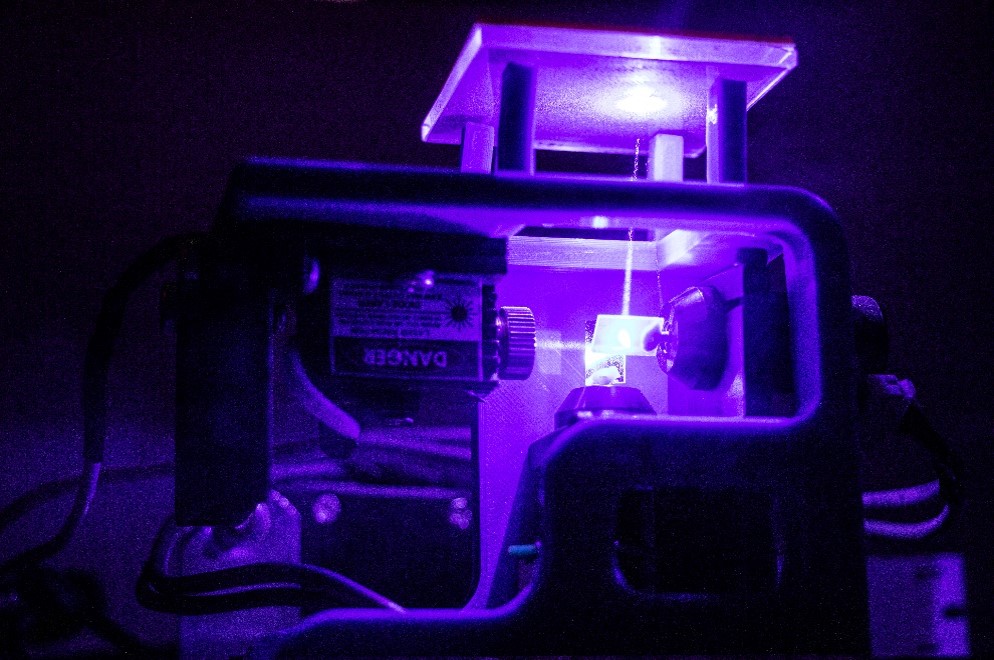
Laser Inversion enables Multi-Materials 3D Printing
Selective laser sintering is one of the most widely used processes in additive manufacturing, but it is limited to printing with a single material at a time. Columbia engineers have used their expertise in robotics to develop a new approach to overcome this limitation: By inverting the laser so that it points upwards, they’ve invented a way to enable SLS to use—at the same time—multiple materials.

Customizable smart window technology could improve energy efficiency of buildings
Scientists combined solar cell technology with a novel optimization approach to develop a smart window prototype that maximizes design across a wide range of criteria.

As ORNL builds novel reactor, nuclear industry benefits from technology
Scientists at DOE’s Manufacturing Demonstration Facility at Oak Ridge National Laboratory working on the Transformational Challenge Reactor, a microreactor built using 3D printing, find their work may revolutionize manufacturing in the nuclear industry — and in other industries, too.

3D-printed nuclear reactor promises faster, more economical path to nuclear energy
Researchers at the Department of Energy’s Oak Ridge National Laboratory are refining their design of a 3D-printed nuclear reactor core, scaling up the additive manufacturing process necessary to build it, and developing methods to confirm the consistency and reliability of its printed components.
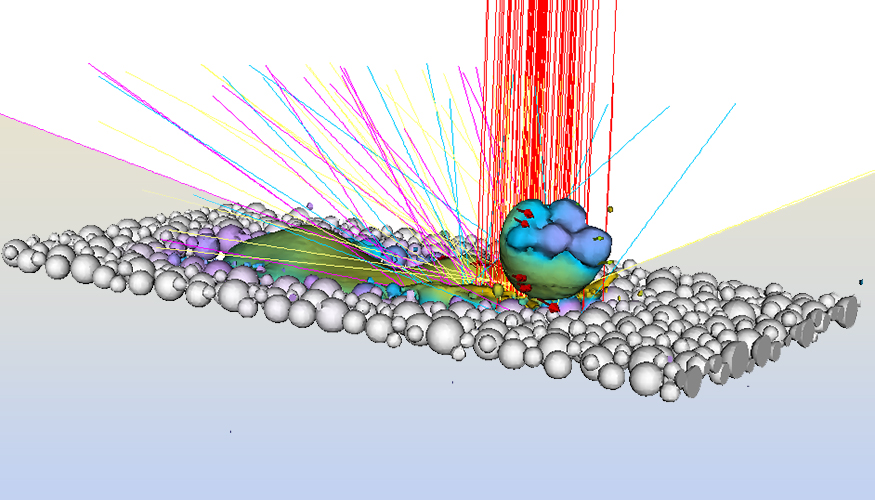
LLNL researchers devise strategy for reducing defects in popular metal 3D printing method
Combining high-fidelity computer simulations with ultra-high-speed X-ray imaging, researchers at Lawrence Livermore National Laboratory have discovered a strategy for reducing or even eliminating defects in parts built through a common, laser-based metal 3D-printing process.

Bursting your (tiny) bubbles: New research points the way toward pore-free 3D printing
New research conducted at the Advanced Photon Source (APS) points toward pore-free 3D printing of metal components, with no additional apparatus required.
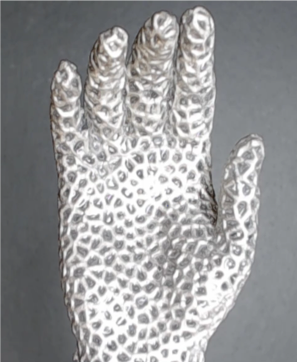
Liquid metal research invokes ‘Terminator’ film — but much friendlier
Researchers at Binghamton University, State University of New York have developed “the first liquid metal lattice in the world.” The team has created a series of prototypes that return to their shapes when crushed.

ORNL’s Brian Post named SME Young Engineer of the Year
Brian Post, a researcher in large-scale additive manufacturing at Oak Ridge National Laboratory, has been selected as a recipient of the 2020 Outstanding Young Manufacturing Engineer Award by the Society of Mechanical Engineers (SME).
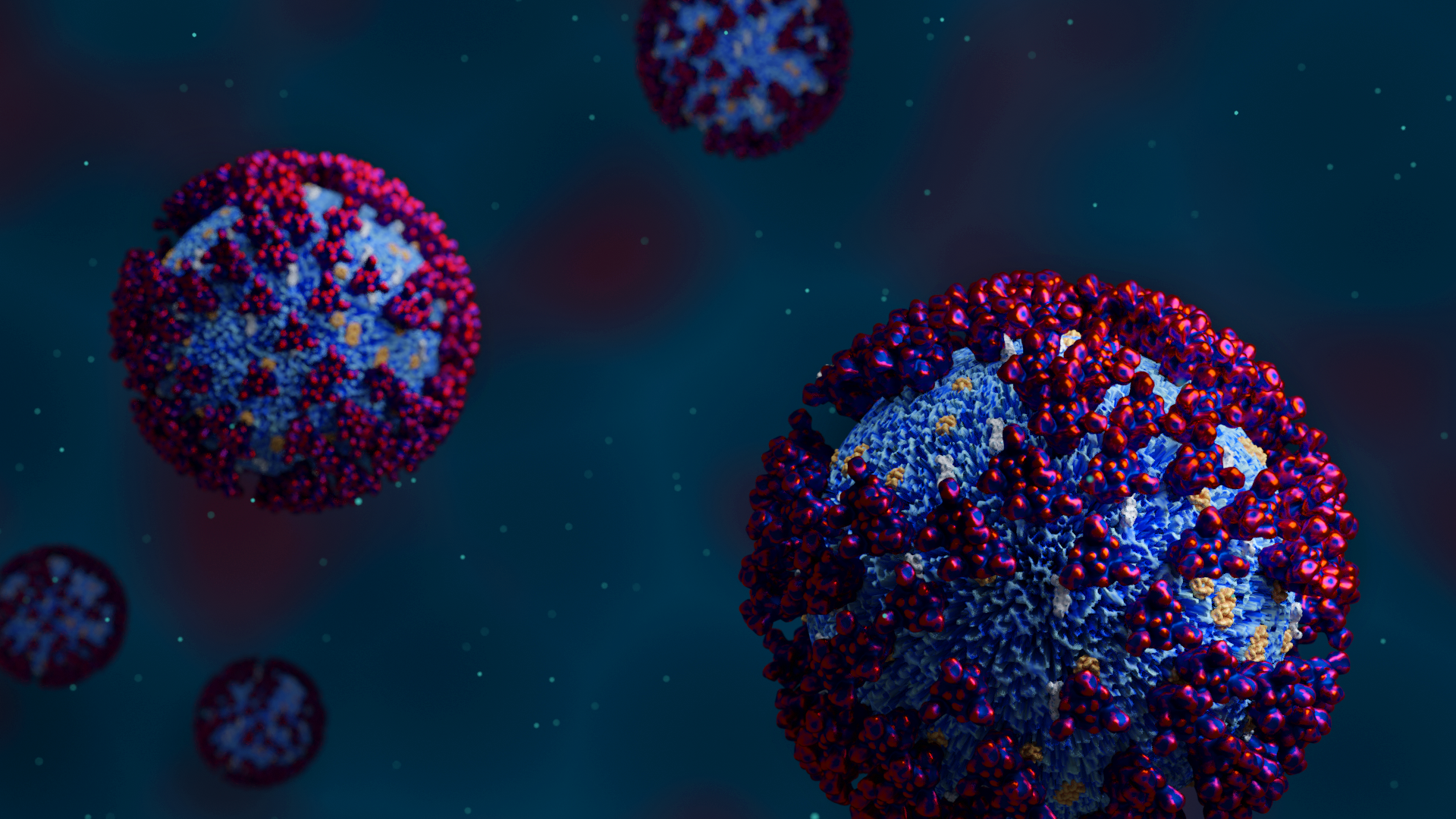
ORNL is in the fight against COVID-19
In the race to identify solutions to the COVID-19 pandemic, researchers at the Department of Energy’s Oak Ridge National Laboratory are joining the fight by applying expertise in computational science, advanced manufacturing, data science and neutron science.